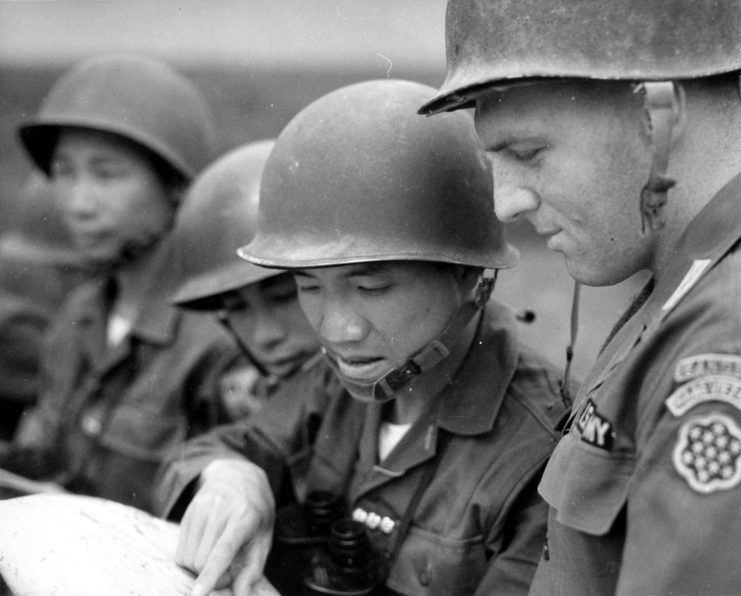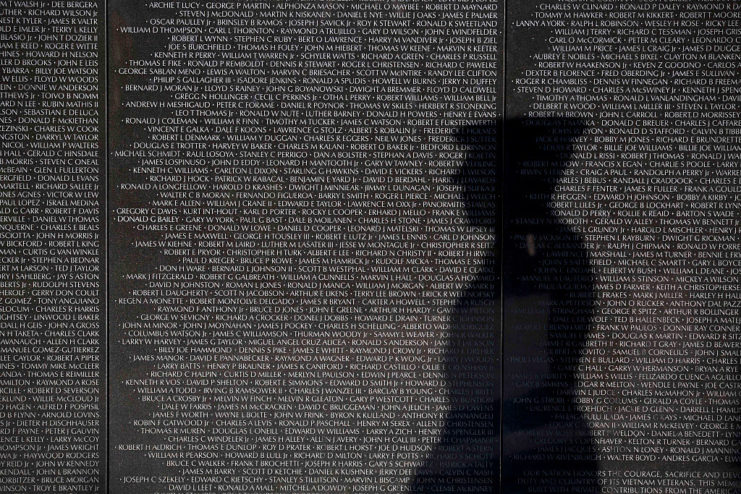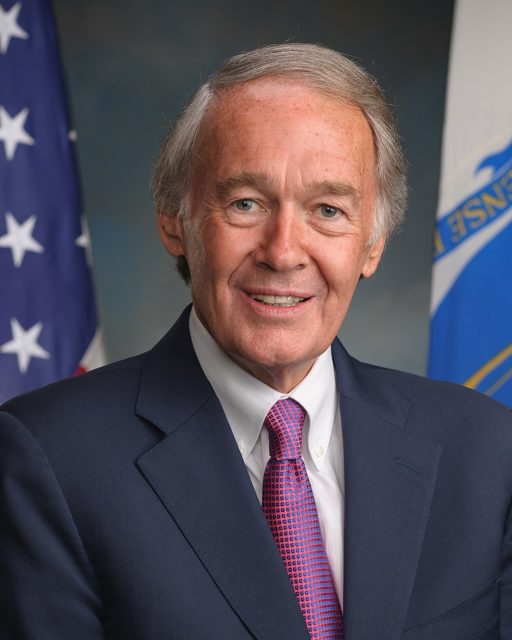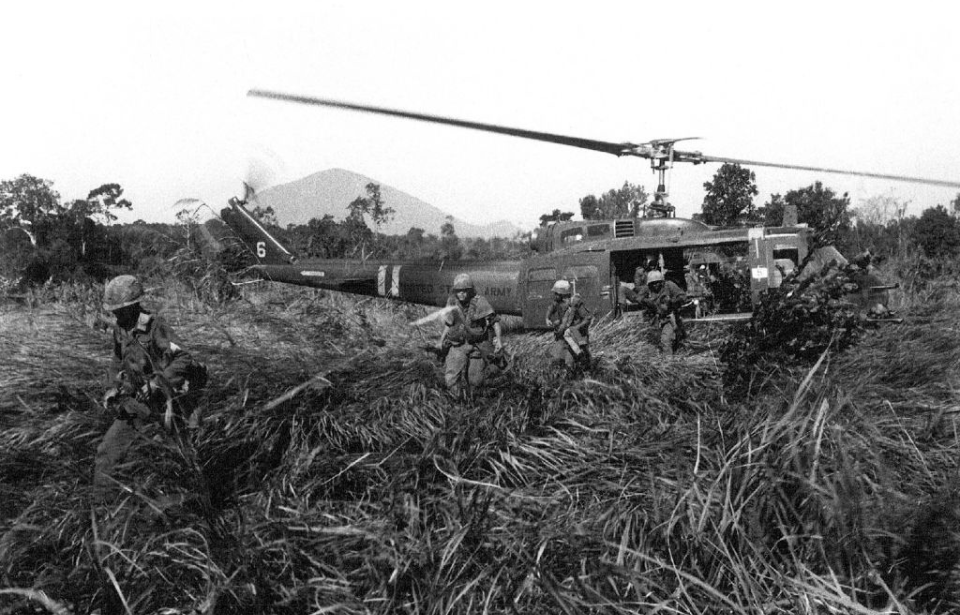The official start date of the Vietnam War remains a subject of debate. Some trace it to 1887, when France colonized Vietnam and renamed it French Indochina, while others point to 1946, when Ho Chi Minh initiated guerrilla warfare against the French. There are also those who consider 1950 the beginning, when the U.S. expressed support for France. However, for many years, 1961 was regarded as the official start date for recording casualties. As a result, Richard Fitzgibbon Jr., who was killed in 1956, was excluded from the war’s casualty count for a long time.
After his family worked to have his death recognized in the official tally, the U.S. government agreed to shift the recognized start date of the Vietnam War to November 1, 1955.
Richard Fitzgibbon Jr.’s untimely death

Richard Fitzgibbon Jr. was born on June 21, 1920, in Stoneham, Massachusetts. He was a veteran of World War II, serving with the US Navy before leaving the service and joining the Air Force, where he became a technical sergeant. Soon after, he was deployed to Vietnam as part of the Military Assistance Advisory Group (MAAG), assigned to train South Vietnamese airmen.
On June 8, 1956, Fitzgibbon Jr. served as the crew chief on an aircraft that came under fire. In the midst of the dangerous situation, he made sure the radio operator continued with his duties, which led to Fitzgibbon Jr. reprimanding the crew member, Staff Sgt. Edward C. Clarke.
Later that evening, Clarke, still angry over the earlier incident, went to Saigon to have some drinks. Instead of calming him, the alcohol fueled his rage. While heavily intoxicated, he saw Fitzgibbon Jr. handing out sweets to local children. Consumed with anger, he confronted Fitzgibbon Jr., drew his sidearm, and shot him.
After killing Fitzgibbon Jr., Clarke engaged in a shootout with Vietnamese police before attempting to flee. During his escape, he either accidentally or intentionally fell to his death from a second-story balcony.
Not classified as a casualty of the Vietnam War

Although Richard Fitzgibbon Jr. was killed during hostilities in Vietnam, his death was not officially counted as part of the Vietnam War. The loss deeply affected his family, prompting his son, Richard Fitzgibbon III, to enlist in the US Marine Corps and join the fight in Vietnam. Tragically, in 1965, Richard Fitzgibbon III was killed after stepping on a landmine.
The deaths of Richard Fitzgibbon Jr. and his son represent one of only three instances where both a father and child were killed during the Vietnam War.
In 1988, Richard DelRossi, a relative of the Fitzgibbons, visited the Vietnam Veterans Memorial in Washington, DC. While he found the younger Fitzgibbon’s name on the memorial, he could not locate Fitzgibbon Jr.’s name. This was because the memorial includes only those killed after 1961, the year the Department of Defense marks as the start of the conflict.
Richard Fitzgibbon Jr.’s family advocates for a change

After returning home and informing his family, Richard DelRossi and his relatives began petitioning to have Richard Fitzgibbon Jr.’s name added to the wall. They tried for almost a decade, without any success. However, in 1997, the family happened to meet US Representative Ed Markey (D-MA) while visiting the traveling scale replica of the wall.
Markey, now a US Senator, heard their story and believed the family had been treated unfairly. After investigating and also hitting bureaucratic obstacles, he finally achieved what Fitzgibbon Jr.’s relatives had fought so desperately to achieve: the DoD changed the official start date of the Vietnam War to November 1, 1955, to reflect the date the MAAG was created.
New! Want to become a trivia master? Sign up for our War History Fact of the Day newsletter!
More From Us: This Silent Plane Flew Over Vietnam’s Treetops Undetected
On Memorial Day 1999, Tech. Sgt. Richard Fitzgibbon Jr.’s engraved name was unveiled, with his family in attendance.
